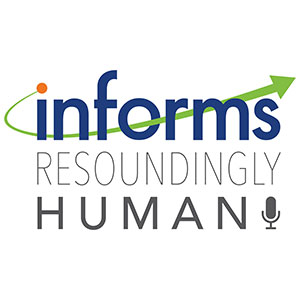
Dry Ice Shortages Concerns Create COVID-19 Vaccine Distribution Challenges
Vaccines like to be kept cool, none more so than the Pfizer candidate for Covid-19, which has to be deep-frozen. And that's going to be an issue for developing countries -- and for rural areas in the developed world. The "cold chain" is just one of the challenges in distributing vaccines worldwide. There are plenty of others: decisions about priority populations and databases to keep track of who's received what vaccine, where and when. Additionally, different vaccines may have more or less efficacy with different population groups; and governments will need PR campaigns to persuade people that vaccines are safe.















